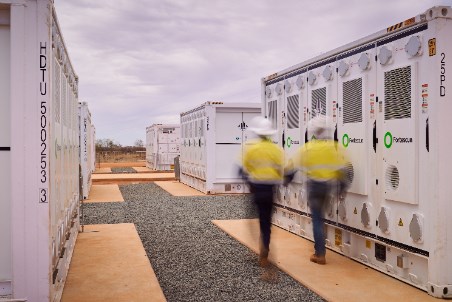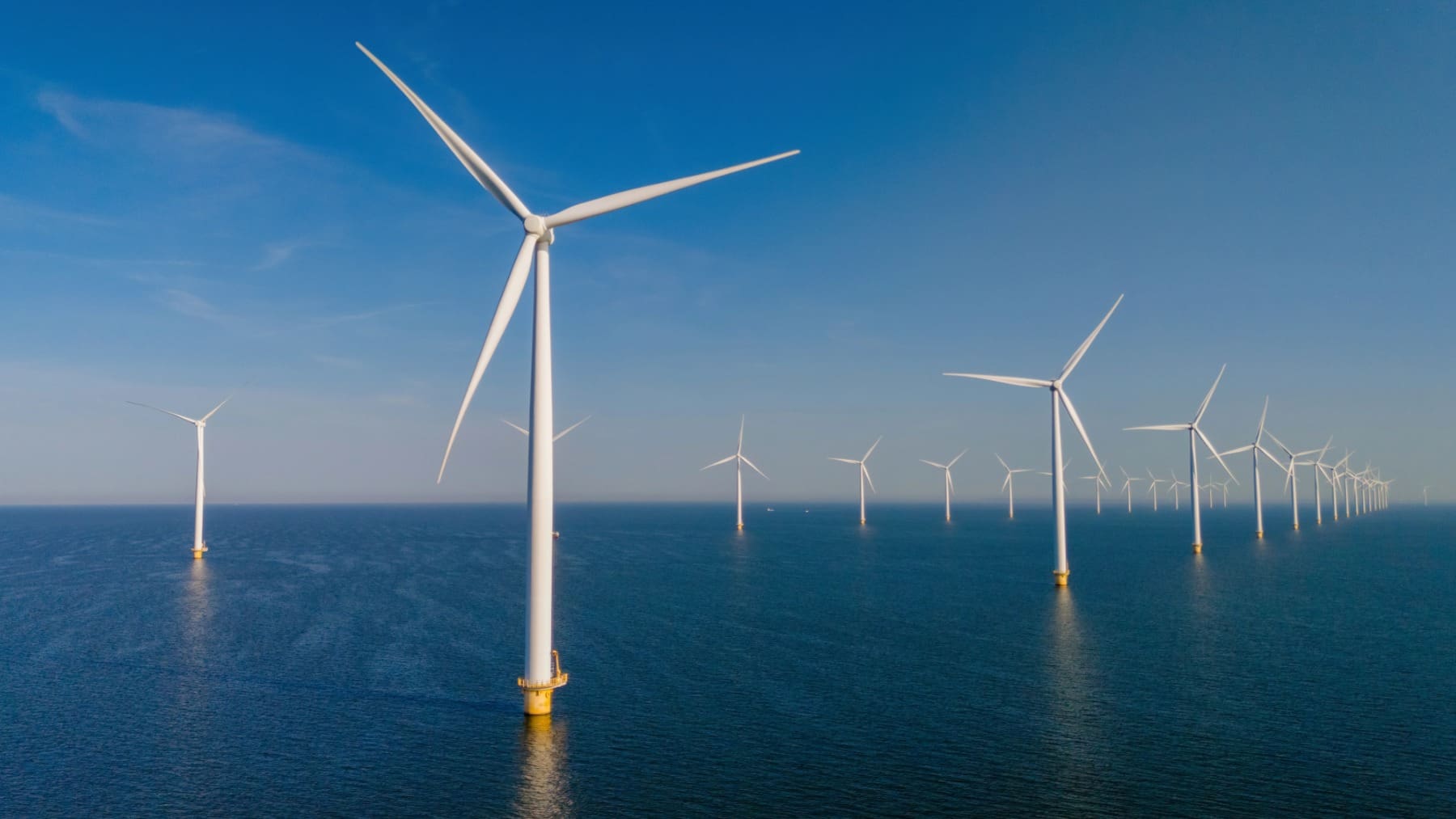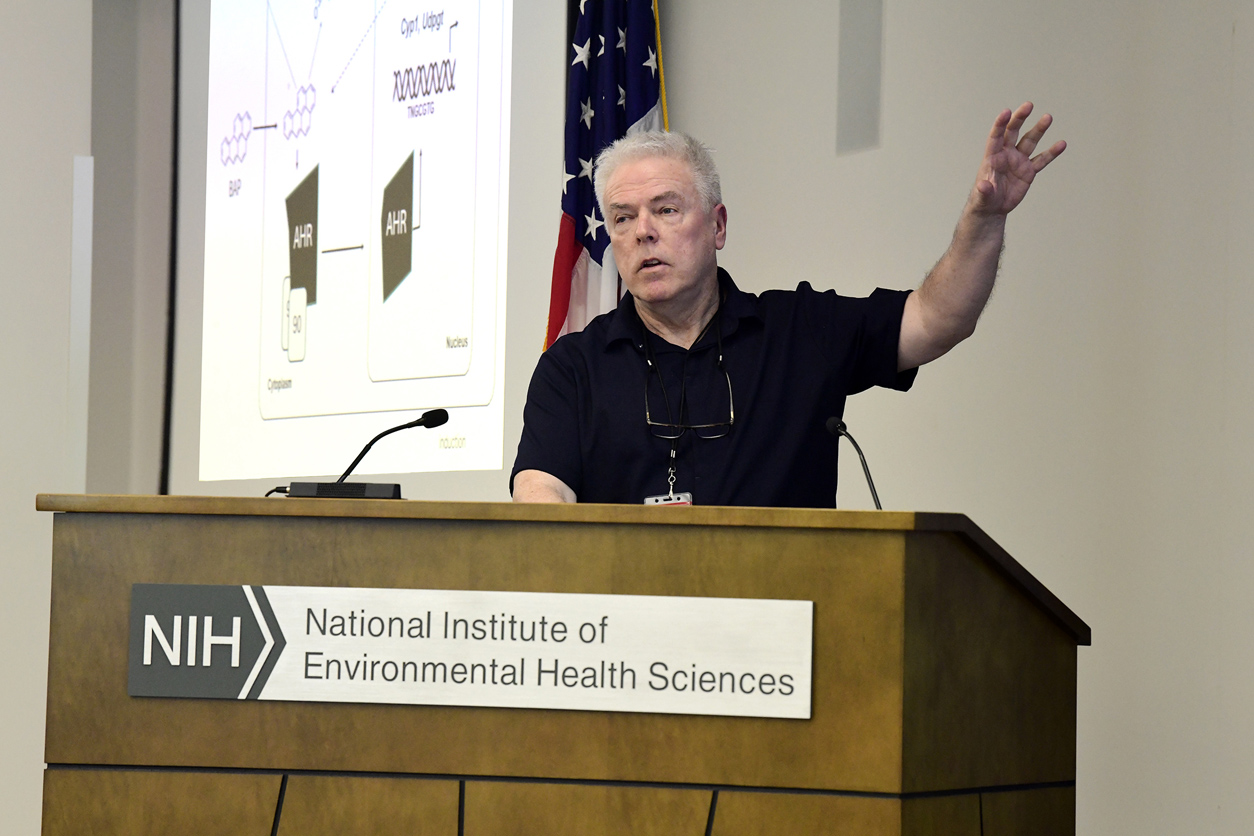Back to Basics to Save Energy & Money in Commercial Buildings – Knox TN Today

Report on Building Energy Efficiency and its Contribution to Sustainable Development Goals
Introduction: Aligning Energy Conservation with Global Goals
Improving the energy efficiency of buildings is a critical strategy for achieving several of the United Nations Sustainable Development Goals (SDGs). By reducing energy consumption and transitioning to renewable sources, building owners can make significant contributions to SDG 7 (Affordable and Clean Energy), SDG 11 (Sustainable Cities and Communities), and SDG 13 (Climate Action). This report outlines key findings from recent research and technological advancements in building energy management.
Core Strategies for Enhancing Building Performance
Fundamental conservation measures provide a foundational approach to reducing utility consumption and advancing SDG 7.3, which aims to double the global rate of improvement in energy efficiency. Key recommended actions include:
- Conducting comprehensive energy audits to identify areas of inefficiency.
- Upgrading the building envelope, including insulation and window systems.
- Modernizing lighting and HVAC (heating, ventilation, and air conditioning) systems.
Analysis of Advanced Energy Systems and Research Findings
Recent studies underscore the profound impact of on-site energy generation and advanced systems on sustainability metrics. A study published in the Journal of Engineering for Sustainable Buildings and Cities identified the most effective measures for reducing energy consumption in buildings.
- On-Site Energy Generation: This was identified as the most impactful strategy for advancing SDG 7.2 (increasing the share of renewable energy).
- Photovoltaic (PV) Panels: Optimal configurations of solar PV panels were found to reduce overall energy consumption by up to 26.09%.
- Heat Pump Systems: These systems demonstrated a reduction in space heating consumption by up to 66.59%, completely eliminating the need for natural gas and directly supporting SDG 13 (Climate Action).
- Building Envelope Improvements: Enhancing the physical shell of the building remains a crucial component of any energy efficiency strategy.
- Energy Consumption Management: Strategic management of energy use at different times of the day contributes to overall savings and grid stability.
These findings are corroborated by the National Renewable Energy Laboratory (NREL), which notes that buildings account for 75% of all electricity use in the United States. NREL affirms the benefits of on-site solar and energy storage for creating more resilient and sustainable infrastructure, in line with SDG 9 (Industry, Innovation, and Infrastructure) and SDG 11.
Technological Innovation in Energy Assessment
The pursuit of efficient buildings has inspired new technologies that support SDG 9 by fostering innovation. A researcher from Georgia Tech has launched Lamarr.AI, a service that utilizes drones to conduct detailed assessments of building conditions. This innovative approach provides building owners with precise data and recommendations for targeted energy-saving improvements, accelerating the transition to high-performance, sustainable buildings.
Residential Sector Contributions to Sustainability
The principles of energy efficiency and renewable generation are equally applicable to the residential sector. A report from Stanford University indicates that households can achieve an average of 15% savings on energy bills by implementing a solar-plus-storage system. This makes clean energy more accessible and affordable for individuals, directly contributing to SDG 7 and fostering the development of sustainable communities as outlined in SDG 11.
Analysis of Sustainable Development Goals in the Article
1. Which SDGs are addressed or connected to the issues highlighted in the article?
The article primarily addresses issues related to energy consumption, efficiency, and renewable energy in buildings. Based on this focus, the following Sustainable Development Goals (SDGs) are relevant:
-
SDG 7: Affordable and Clean Energy
This is the most prominent SDG in the article. The entire text revolves around ensuring access to affordable, reliable, sustainable, and modern energy by discussing methods to reduce energy consumption (efficiency) and promote the use of clean energy sources (solar panels, heat pumps).
-
SDG 9: Industry, Innovation, and Infrastructure
The article connects to this SDG by highlighting the need to upgrade infrastructure (buildings) to make it more sustainable and resource-efficient. It also points to innovation in the field, such as the use of drones for energy audits (Lamarr.AI) and the implementation of advanced technologies like solar-plus-storage systems.
-
SDG 11: Sustainable Cities and Communities
Since buildings are fundamental components of cities, improving their energy efficiency directly contributes to making cities more sustainable. The article notes that buildings use “three-quarters of all electricity in the United States,” underscoring the significant impact that building efficiency has on the overall sustainability and environmental footprint of urban areas.
-
SDG 13: Climate Action
By promoting energy efficiency and a shift away from fossil fuels, the article directly addresses climate action. The mention of heat pump systems “erasing the need for gas consumption” is a clear example of a measure that reduces greenhouse gas emissions, thereby combating climate change.
2. What specific targets under those SDGs can be identified based on the article’s content?
The article’s content aligns with several specific targets under the identified SDGs:
-
SDG 7: Affordable and Clean Energy
- Target 7.2: By 2030, increase substantially the share of renewable energy in the global energy mix. The article directly supports this target by advocating for “on-site energy generation, particularly the implementation of PV panels” and discussing how “on-site solar photovoltaics” can benefit building owners.
- Target 7.3: By 2030, double the global rate of improvement in energy efficiency. The core message of the article is about improving energy efficiency through measures like energy audits, updated insulation, modern window systems, and upgraded HVAC systems.
-
SDG 9: Industry, Innovation, and Infrastructure
- Target 9.4: By 2030, upgrade infrastructure and retrofit industries to make them sustainable, with increased resource-use efficiency and greater adoption of clean and environmentally sound technologies. The article’s focus on improving the “building envelope,” upgrading “HVAC systems,” and implementing “PV panels and heat pump systems” is a direct application of retrofitting infrastructure for sustainability and efficiency.
-
SDG 11: Sustainable Cities and Communities
- Target 11.6: By 2030, reduce the adverse per capita environmental impact of cities. By proposing solutions to curb the high energy consumption of buildings, which are major energy consumers in cities, the article contributes to reducing the overall environmental impact of urban centers.
-
SDG 13: Climate Action
- Target 13.2: Integrate climate change measures into national policies, strategies and planning. The practical actions described in the article—such as reducing energy consumption and eliminating gas usage for heating—are the types of measures that form the basis of climate action strategies.
3. Are there any indicators mentioned or implied in the article that can be used to measure progress towards the identified targets?
Yes, the article mentions several quantitative and qualitative indicators that can be used to measure progress:
-
Indicators for Energy Efficiency (Target 7.3)
- Percentage reduction in energy consumption: The article explicitly states that “Optimal PV panel configurations led to significant reductions of up to 26.09% in energy consumption.”
- Percentage reduction in heating consumption: It is mentioned that heat pump systems led to “decreasing the heating consumption by up to 66.59%.”
- Percentage savings on energy bills: The article cites a Stanford report showing that households “could save around 15% on energy bills if they added a solar plus storage resource.”
-
Indicators for Renewable Energy Adoption (Target 7.2)
- Implementation of on-site renewable energy systems: The article implies this indicator by discussing the benefits of “on-site energy generation, particularly the implementation of PV panels and heat pump systems.” Progress could be measured by the number or capacity of such systems installed.
-
Indicators for Climate Action (Target 13.2)
- Reduction in fossil fuel consumption: A key indicator is the “erasing the need for gas consumption” for space heating, which directly measures a reduction in fossil fuel use at the building level.
-
Indicators for Sustainable Infrastructure (Target 9.4)
- Adoption of energy-saving measures: An implied indicator is the rate at which building owners undertake actions like conducting an “energy audit” or updating “insulation, window system and lighting.”
SDGs, Targets, and Indicators Summary Table
| SDGs | Targets | Indicators (as mentioned or implied in the article) |
|---|---|---|
| SDG 7: Affordable and Clean Energy | 7.2: Increase the share of renewable energy. 7.3: Double the rate of improvement in energy efficiency. |
|
| SDG 9: Industry, Innovation, and Infrastructure | 9.4: Upgrade infrastructure and retrofit industries to make them sustainable and resource-efficient. |
|
| SDG 11: Sustainable Cities and Communities | 11.6: Reduce the adverse per capita environmental impact of cities. |
|
| SDG 13: Climate Action | 13.2: Integrate climate change measures into policies and planning. |
|
Source: knoxtntoday.com

What is Your Reaction?
 Like
0
Like
0
 Dislike
0
Dislike
0
 Love
0
Love
0
 Funny
0
Funny
0
 Angry
0
Angry
0
 Sad
0
Sad
0
 Wow
0
Wow
0














































































